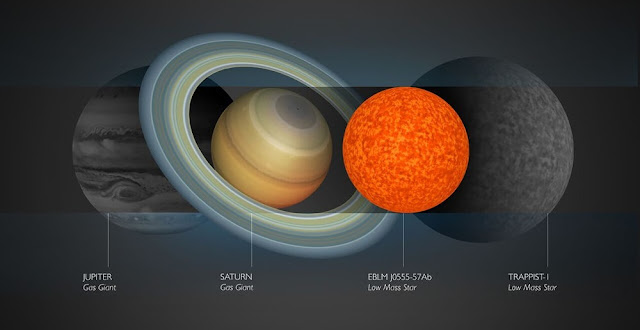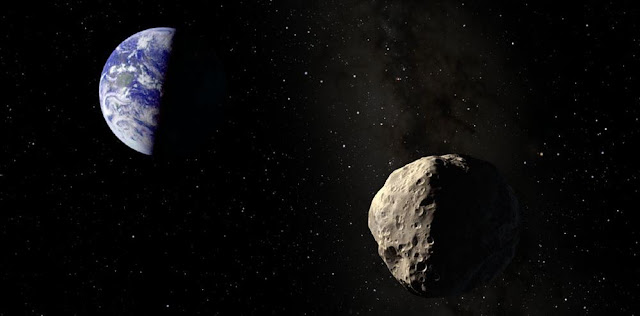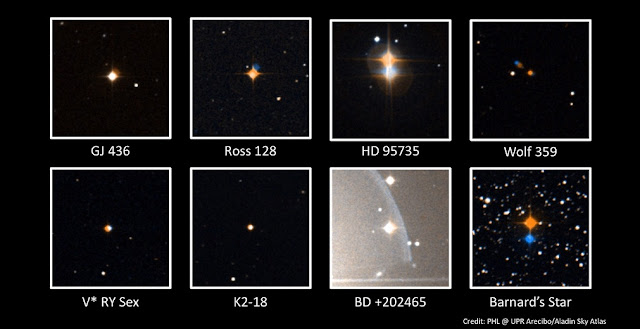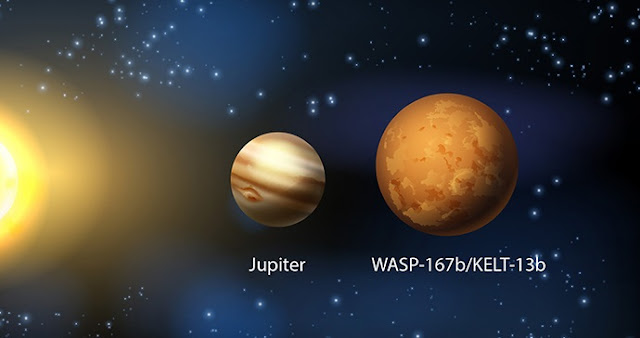Astronomers studying the distant Universe have found that small star-forming galaxies were abundant when the Universe was only 800 million years old, a few percent of its present age. The results suggest that the earliest galaxies, which illuminated and ionized the Universe, formed at even earlier times.
Long ago, about 300,000 years after the beginning of the Universe (the Big Bang), the Universe was dark. There were as yet no stars and galaxies, and the Universe was filled with neutral hydrogen gas. At some point the first galaxies appeared, and their energetic radiation ionized their surroundings, the intergalactic gas, illuminating and transforming the Universe.
While this dramatic transformation is known to have occurred sometime in the interval between 300 million years and 1 billion years after the Big Bang, determining when the first galaxies formed is a challenge. The intergalactic gas, which is initially neutral, strongly absorbs and scatters the ultraviolet light emitted by the galaxies, making them difficult to detect.
To home in on when the transformation occurred, astronomers take an indirect approach. Using the demographics of small star-forming galaxies to determine when the intergalactic gas became ionized, they can infer when the ionizing sources, the first galaxies, formed. If star forming galaxies, which glow in the light of the hydrogen Lyman alpha line, are surrounded by neutral hydrogen gas, the Lyman alpha photons are readily scattered, much like headlights in fog, obscuring the galaxies. When the gas is ionized, the fog lifts, and the galaxies are easier to detect.
A new study taking this approach has discovered 23 candidate Lyman alpha emitting galaxies (LAEs) that were present 800 million years after the Big Bang (at a redshift of z~7), the largest sample detected to date at that epoch. The study, “Lyman-Alpha Galaxies in the Epoch of Reionization” (LAGER), was carried out by an international team of astronomers from China, the US, and Chile using the Dark Energy Camera (DECam) on the CTIO 4-m Blanco telescope.
While the study detected many LAEs, it also found that LAEs were 4 times less common at 800 million years than they were a short time later, at 1 billion years (at a redshift of z~5.7). The results imply that the process of ionizing the Universe began early and was still incomplete at 800 million years, with the intergalactic gas about half neutral and half ionized at that epoch. The low incidence rate of LAEs at 800 million years results from the suppression of their Lyman alpha emission by neutral intergalactic gas.
The study shows that “the fog was already lifting when the universe was 5% of its current age”, explained Sangeeta Malhotra (Goddard Space Flight Center and Arizona State University), one of the co-leads of the survey.
Junxian Wang (USTC), the organizer of the study, further explained, “Our finding that the intergalactic gas is 50% ionized at z ~ 7 implies that a large fraction of the first galaxies that ionized and illuminated the universe formed early, less than 800 million years after the Big Bang.”
For Zhenya Zheng (Shanghai Astronomical Observatory, CAS), the lead author of the paper describing these results, “800 million years is the current frontier in reionization studies.” While hundreds of LAEs have been found at later epochs, only about two dozen candidate LAEs were known at 800 million years prior to the current study. The new results dramatically increase the number of LAEs known at this epoch.
“None of this science would have been possible without the widefield capabilities of DECam and its community pipeline for data reduction,” remarked coauthor James Rhoads. “These capabilities enable efficient surveys and thereby the discovery of faint galaxies as well as rare, bright ones.”
To build on these results, the team is “continuing the search for distant star forming galaxies over a larger volume of the Universe”, said Leopoldo Infante (Pontificia Catolica University of Chile and the Carnegie Institution for Science), “to study the clustering of LAEs.” Clustering provides unique insights into how the fog lifts. The team is also investigating the nature of these distant galaxies.
Credit: noao.edu














